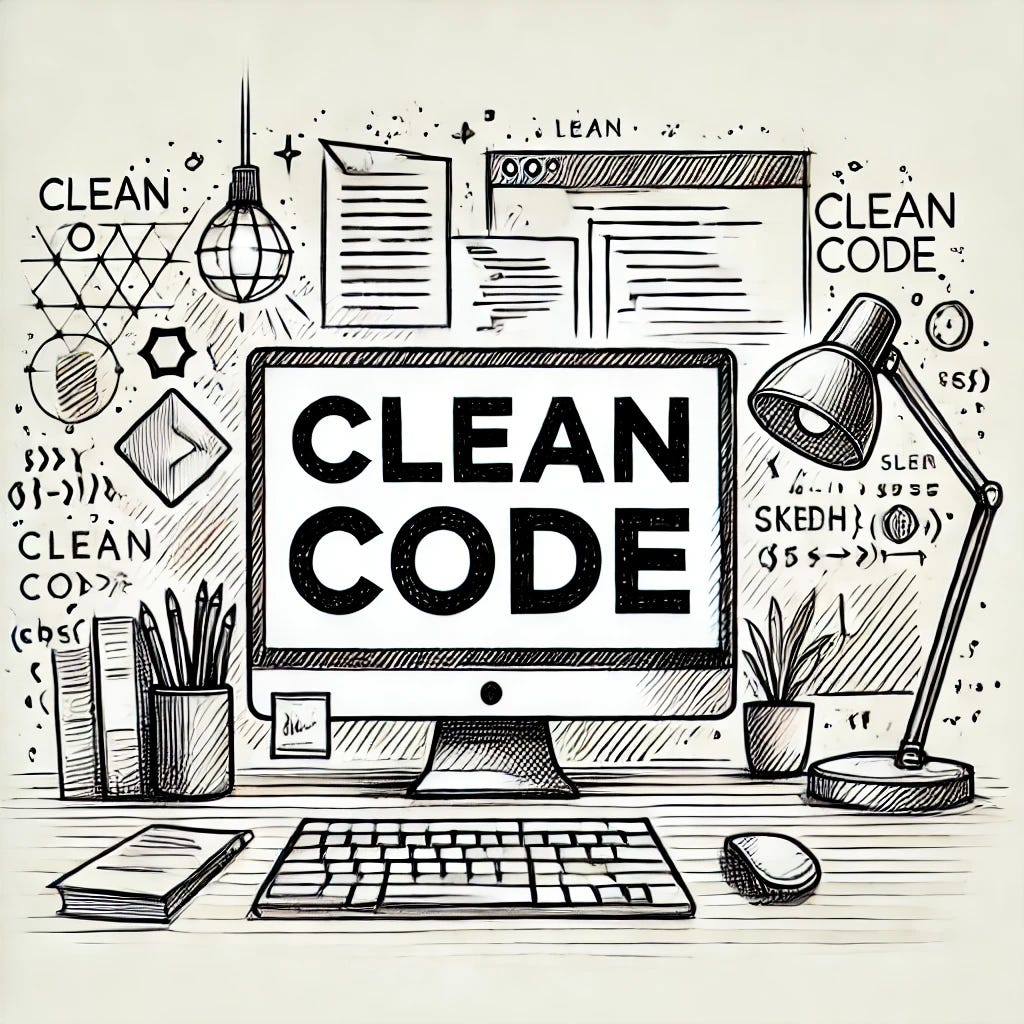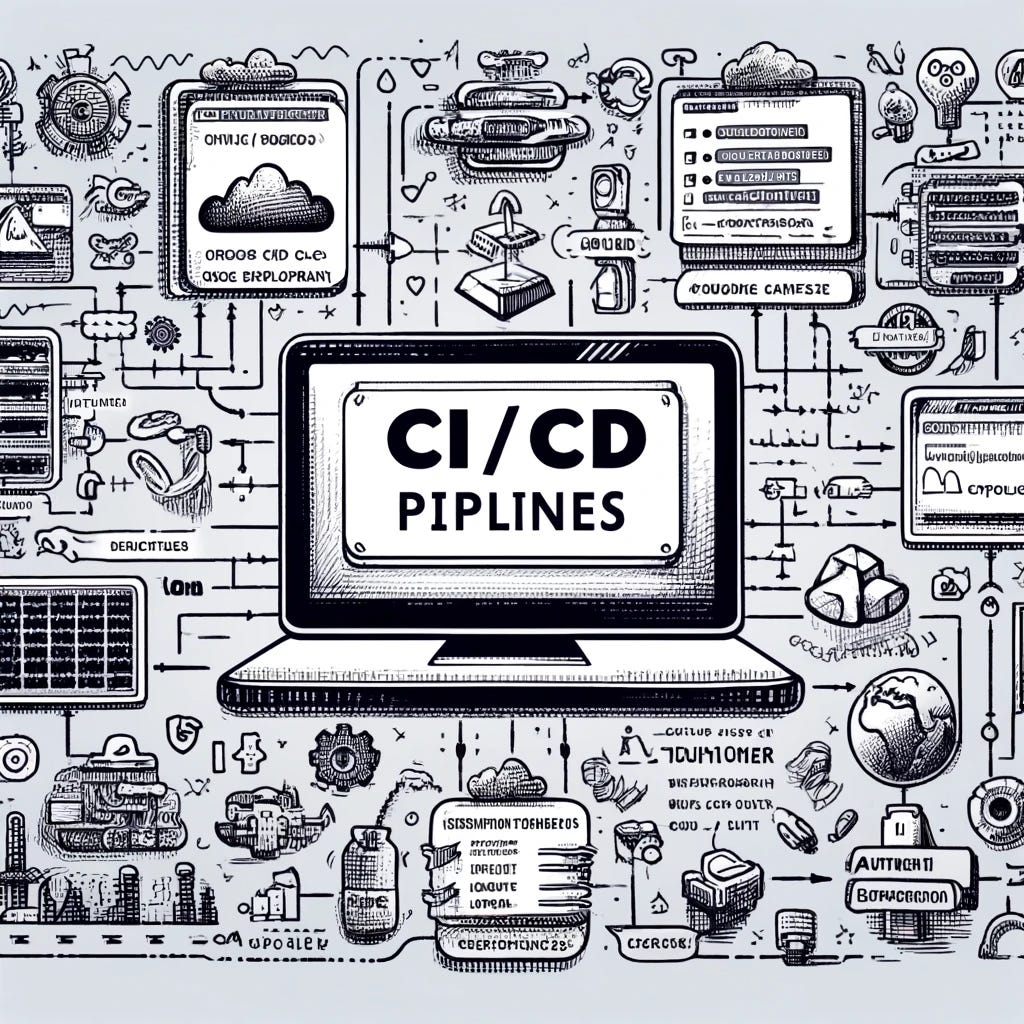From Good to Great: Advanced Coding Techniques for Professional Developers
In software development, writing code that works is only the beginning. The real challenge lies in crafting code that is efficient, scalable, and maintainable. As projects grow in complexity, clean and well-structured code becomes indispensable, not just for clarity but also for the long-term sustainability of the project. Whether leading a development team or working on personal projects, mastering advanced coding techniques is essential for creating robust software that stands the test of time.
Note: Some or all of this content may have been created with the assistance of AI to help present the information clearly and effectively. While AI can be a useful tool for content generation, it is not infallible and may occasionally make mistakes or omit nuances. My goal is to provide valuable insights while being fully transparent about the methods used to produce this content.
This article explores key principles and practices that elevate code quality, from effective refactoring strategies to leveraging design patterns and utilizing the right tools. Let’s dive into these advanced Python coding techniques that every software engineer should have in their toolkit.
1. The Importance of Clean and Scalable Code
Clean code is not just about aesthetics; it directly impacts productivity, collaboration, and software longevity. Here’s why clean and scalable code should be a priority for every professional developer:
Readability and Maintainability: Clear, well-documented code makes it easier for teams to collaborate, onboard new members, and make updates without introducing bugs.
Reduced Technical Debt: Poorly structured code accumulates “technical debt,” making future changes costly and risky. Investing in clean code minimizes this burden.
Scalability and Performance: Efficient code is crucial for applications that need to scale. Optimizing algorithms, data structures, and resource management ensures your software can handle growth.
2. Refactoring: Transforming Messy Code into Clean Architecture
Refactoring is the process of restructuring existing code without altering its external behavior. It’s a fundamental skill for improving code quality and maintaining a healthy codebase. Here are some key refactoring techniques in Python:
2.1 Extract Method:
Break down large, complex methods into smaller, focused functions. This not only makes your code more readable but also easier to test and debug.
Before Refactoring (Python):
def process_order(order):
# Validate order
if not order['items'] or len(order['items']) == 0:
print('No items in the order')
return
# Calculate total
total = 0
for item in order['items']:
total += item['price'] * item['quantity']
# Apply discount
if 'discount_code' in order:
total -= apply_discount(total, order['discount_code'])
# Process payment
process_payment(order['customer_id'], total)
After Refactoring (Python):
def process_order(order):
if not validate_order(order):
return
total = calculate_total(order['items'])
total = apply_discount_if_available(total, order.get('discount_code'))
process_payment(order['customer_id'], total)
def validate_order(order):
if not order['items'] or len(order['items']) == 0:
print('No items in the order')
return False
return True
def calculate_total(items):
return sum(item['price'] * item['quantity'] for item in items)
def apply_discount_if_available(total, discount_code):
return total - apply_discount(total, discount_code) if discount_code else total
2.2 Replace Conditional with Polymorphism:
Reduce complex conditionals by using polymorphism, making your code more modular and easier to extend.
Before Refactoring (Python):
def calculate_shipping_cost(order):
if order.shipping_method == "standard":
return order.weight * 1.2
elif order.shipping_method == "express":
return order.weight * 2.5
elif order.shipping_method == "overnight":
return order.weight * 4.0
else:
return 0
After Refactoring (Python):
class ShippingMethod:
def calculate_cost(self, weight):
raise NotImplementedError()
class StandardShipping(ShippingMethod):
def calculate_cost(self, weight):
return weight * 1.2
class ExpressShipping(ShippingMethod):
def calculate_cost(self, weight):
return weight * 2.5
class OvernightShipping(ShippingMethod):
def calculate_cost(self, weight):
return weight * 4.0
def calculate_shipping_cost(order):
return order.shipping_method.calculate_cost(order.weight)
3. Leveraging Design Patterns for Scalable Solutions
Design patterns provide proven solutions to common software design problems. Here are a few key patterns every professional Python developer should know:
3.1 Singleton Pattern:
Ensures a class has only one instance and provides a global point of access to it. This is particularly useful for managing shared resources like configurations or database connections.
Example (Python):
import threading
class DatabaseConnection:
_instance = None
_lock = threading.Lock() # Thread-safe singleton implementation
def __new__(cls):
with cls._lock:
if cls._instance is None:
cls._instance = super(DatabaseConnection, cls).__new__(cls)
cls._instance.connection = cls._create_connection()
return cls._instance
@staticmethod
def _create_connection():
# Logic to create a new database connection
return "Database connection established"
# Usage
db1 = DatabaseConnection()
db2 = DatabaseConnection()
print(db1 == db2) # True, same instance
3.2 Observer Pattern:
Allows an object (subject) to notify other objects (observers) when its state changes, promoting loose coupling.
Example (Python):
class Subject:
def __init__(self):
self.observers = []
def add_observer(self, observer):
self.observers.append(observer)
def remove_observer(self, observer):
self.observers.remove(observer)
def notify_observers(self, data):
for observer in self.observers:
observer.update(data)
class Observer:
def update(self, data):
print(f'Observer updated with data: {data}')
subject = Subject()
observer1 = Observer()
observer2 = Observer()
subject.add_observer(observer1)
subject.add_observer(observer2)
subject.notify_observers('Event Data') # Passing data to observers
4. Automating Code Quality with CI/CD Pipelines
Continuous Integration (CI) and Continuous Deployment (CD) pipelines are essential for maintaining high code quality. Automated testing, linting, and deployment ensure that your codebase remains healthy as it evolves.
4.1 Setting Up CI/CD Pipelines:
Version Control Integration: Ensure your CI/CD pipeline is integrated with your version control system to automatically trigger builds and tests on every commit.
Automated Testing: Run unit tests, integration tests, and end-to-end tests to catch issues early.
Code Quality Checks: Use static analysis tools like Pylint, Flake8, or MyPy to enforce coding standards and detect code smells.
Example: GitHub Actions Configuration for Python:
name: CI
on:
push:
branches: [main]
pull_request:
branches: [main]
jobs:
build:
runs-on: ubuntu-latest
steps:
- name: Checkout code
uses: actions/checkout@v2
- name: Set up Python
uses: actions/setup-python@v2
with:
python-version: '3.x'
- name: Install dependencies
run: |
python -m pip install --upgrade pip
pip install -r requirements.txt
- name: Run lint
run: |
pip install pylint
pylint **/*.py
- name: Run tests
run: pytest
This configuration runs linting and tests automatically whenever code is pushed or a pull request is opened, ensuring code quality at all stages.
5. Conclusion: Elevating Your Coding Practices
Achieving excellence in software engineering requires more than just technical skills; it involves adopting a mindset of continuous improvement and collaboration. By mastering advanced coding techniques, leveraging design patterns, and utilizing modern tools and practices, you can elevate the quality of your code and contribute to more sustainable and scalable software solutions.
Stay tuned for more in-depth articles and practical guides on mastering software engineering. Have questions or insights? Join the discussion in the comments!






